How Long Does it Take to Cross the Mediterranean Sea by Boat?
Crossing the Mediterranean Sea, you'll see a blend of adventure and exploration as you navigate the stunning coastal regions of Europe, Asia, and Africa. It can take you days or weeks, depending on factors like boat speed, route, and number of stopovers at picturesque coastal cities.
You can expect to spend about a week sailing the Mediterranean Sea non-stop at 12 knots, or two weeks if your speed averages 6 knots. Most adventurers prefer a more leisurely pace with frequent stops, cruising across the Mediterranean for three to six weeks, depending on their chosen route and preferences.
As you plan your sea adventure, you can choose the best times and desired route that will allow you to maximize your experience. If you travel during the summer months, expect lighter winds, afternoon sea breezes, and larger crowds of fellow boaters. This peak season also offers the favorable climate of hot, dry days, perfect for exploring the Mediterranean's beauty.
Summary
- At its widest point, the Mediterranean Sea spans roughly 2,000 nautical miles from Gibraltar to Cyprus.
- Most adventurers prefer a more leisurely pace, with frequent stops to enjoy breathtaking ports, historic cities, and vibrant cultures.
- A trip across the Mediterranean on a motor yacht could take anywhere from two days to a week.
- Sailing across the Mediterranean on a sailboat can take anywhere from 1 to 3 weeks.
- A ferry trip across the Mediterranean could take anywhere from an hour to several days.
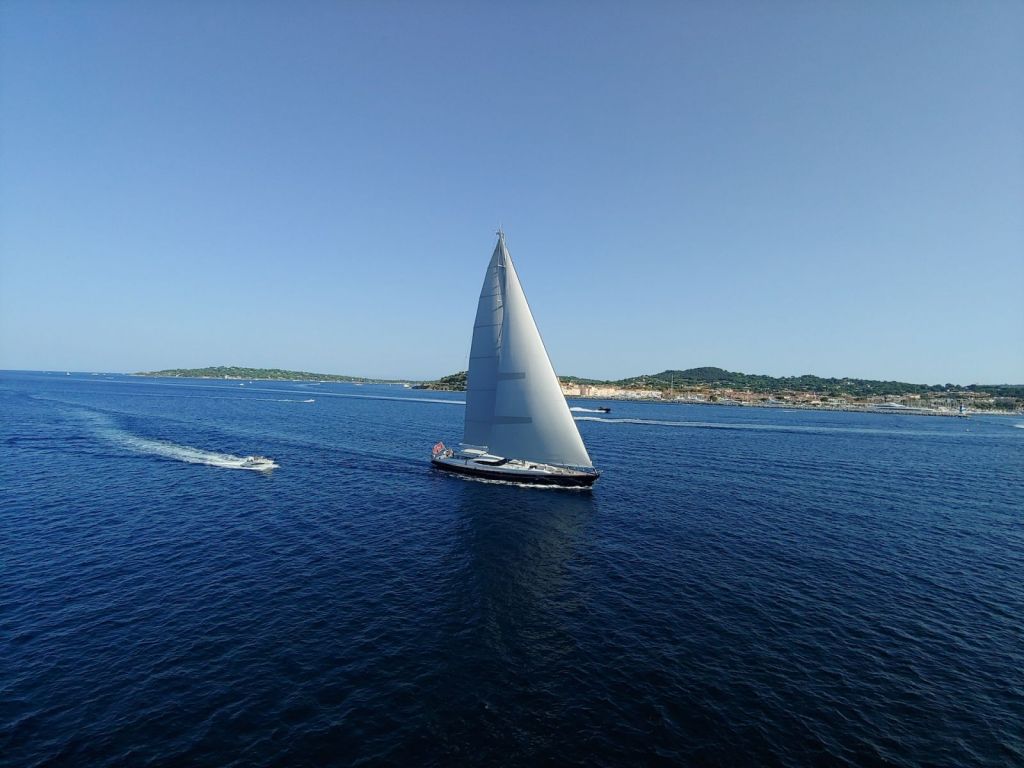
On this page:
- Average Crossing Times for Different Vessels Across the Mediterranean Sea
- Factors Affecting the Time to Cross the Mediterranean Sea
- Safety Precautions during Your Mediterranean Journey
- Possible Stops and Points of Interest in the Mediterranean Sea
- Environmental Impact and Considerations When You Cross the Mediterranean Sea by Boat
Average Crossing Times for Different Vessels Across the Mediterranean Sea
These crossing times are approximate and can vary depending on factors such as weather conditions, the speed of the vessel, and the distance between the points.
| Popular Crossing Points and Routes | Crossing Time by Sailing Boat | Crossing Time by Motor Yacht | Crossing Time by Ferry |
|---|---|---|---|
| Gibraltar to Morocco | 5-10 hours | 2-3 hours | 1 hour |
| Spain to Italy | 2-4 days | 24-36 hours | 6-12 hours |
| Greece to Turkey | 1-2 days | 6-12 hours | 1-2 hours |
| Spain to Morocco | 12-24 hours | 4-6 hours | 1-2 hours |
| Italy to Tunisia | 2-4 days | 24-36 hours | 10-20 hours |
Motor yachts are known for their speed and luxury
Motor yachts are an ideal choice for those who want to cross the Mediterranean Sea in style. You can expect a motor yacht to cover the distance at an average speed of 10 to 30 knots. This means that, depending on the route, a trip across the Mediterranean on a motor yacht could take anywhere from two days to a week.
Some factors to consider when planning your trip on a motor yacht:
- Weather conditions can significantly impact travel time
- Fuel consumption can be high, so plan accordingly
Sailing boats rely on wind power
Sailing boats, unlike motor yachts, rely on wind power, which means that their travel times are much more dependent on weather conditions. On average, sailing across the Mediterranean can take anywhere from 1 to 3 weeks. This slower pace allows you to enjoy the beauty of the Mediterranean in a more leisurely manner.
Here are a few points to keep in mind while planning your sailing trip:
- Wind patterns can affect the speed and direction of your journey
- Make sure to have a reliable weather forecast before setting sail
Ferries are a popular and affordable option for crossing the Mediterranean Sea
Depending on the distance and route, a ferry trip across the Mediterranean could take anywhere from a few hours to several days. For example, a ferry from Spain to Morocco may only take around an hour, while a trip from Italy to Greece might take closer to a day.
Factors to consider when choosing a ferry service:
- Ferry schedules can vary; it's essential to book your tickets in advance
- Amenities on board might differ, so research the ferry company to find out what's available
Factors Affecting the Time to Cross the Mediterranean Sea
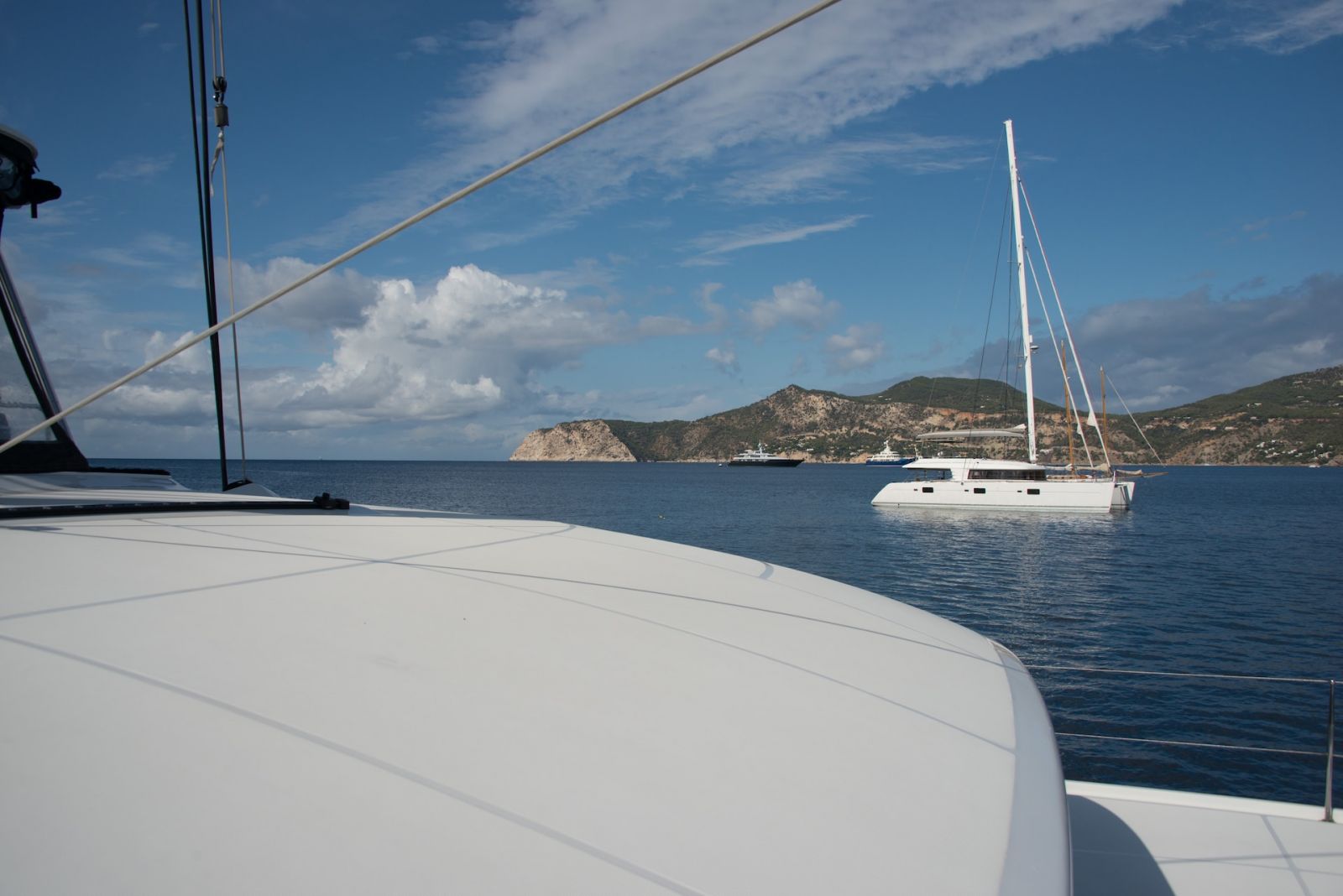
Vessel types vary in speed and capabilities
Different types of boats will have different speeds and capabilities when crossing the Mediterranean Sea. For instance, a motorboat or speedboat can generally cover the distance much faster than a sailboat. Keep in mind that not all boats are suitable for such long journeys; small boats with limited range and fuel capacity may not be able to make it across.
Weather conditions significantly impact your journey
Strong winds and rough waves can slow down your vessel and even pose safety risks. On the other hand, favorable weather and calm seas can make your crossing of the Mediterranean Sea much smoother and more enjoyable. Always check the weather forecast and choose an appropriate time to embark on your journey.
Sailing route affects the distance you need to cover
Some routes may be shorter but have more challenging weather conditions, whereas longer routes may provide smoother sailing. Additionally, certain routes may require navigating through busy shipping lanes or passing through tight straits, which can affect your overall travel time. Plan your sailing route carefully and develop alternate options should circumstances arise that may force a change in course.
Safety Precautions during Your Mediterranean Journey
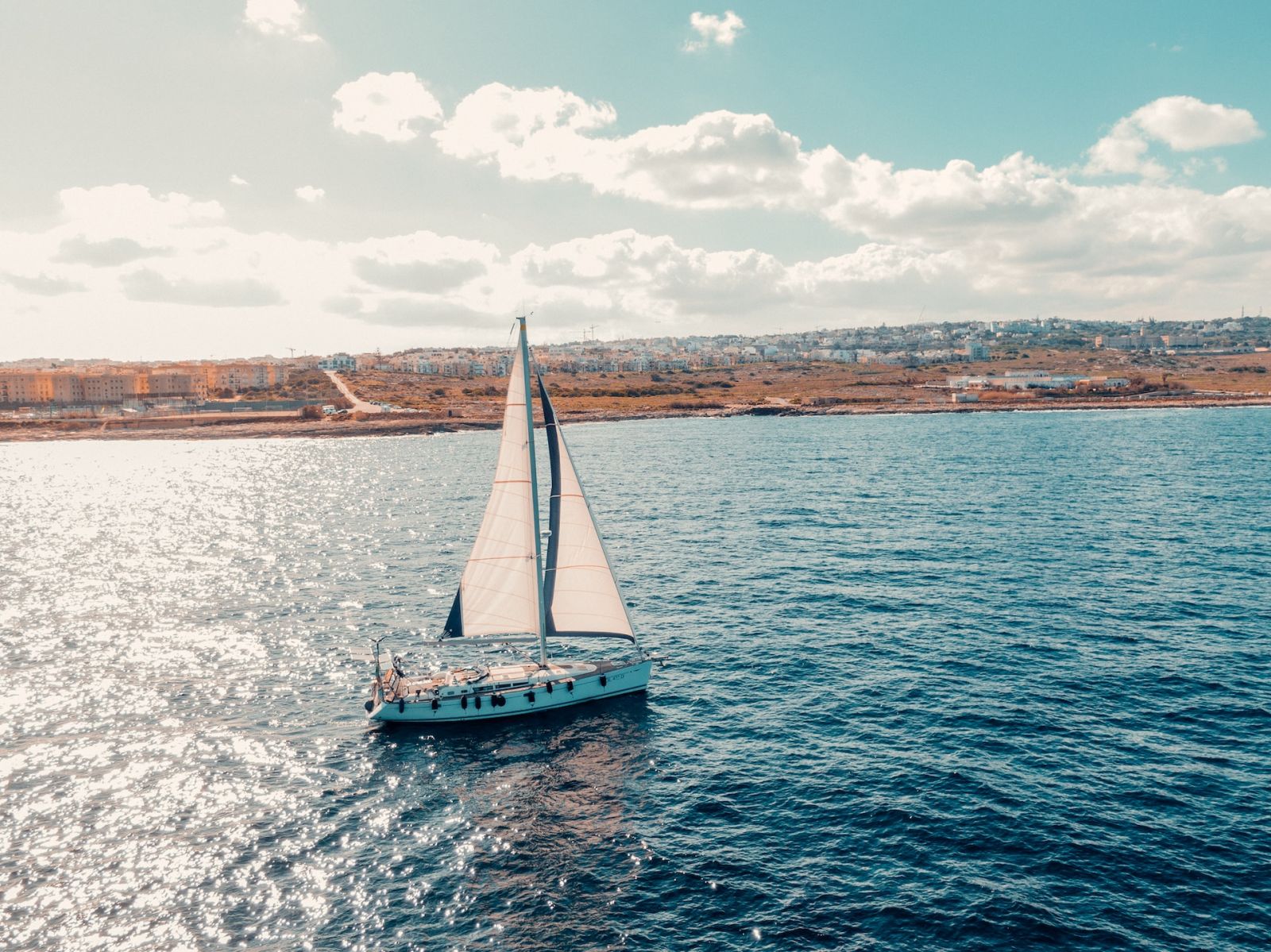
Navigational tools for your journey
Proper navigation is crucial during your journey across the Mediterranean Sea. Always make sure you have reliable navigational tools on board. These may include GPS devices, a compass, and maps or charts of the area. It's also helpful to have electronic devices with access to updated marine weather forecasts and other essential information. Don't forget to familiarize yourself with the equipment and keep it in good working order.
Emergency equipment for a safe voyage
Preparing for emergencies is key to ensuring a safe voyage. Before setting sail, be sure to pack the following in your emergency equipment kit:
- Lifejackets for each passenger
- A life raft or lifeboat
- Flares and signal devices
- An EPIRB (Emergency Position-Indicating Radio Beacon)
- A first-aid kit with necessary medications
Make sure to have these items easily accessible and in good condition. Additionally, consider taking a basic first-aid course beforehand, so you're prepared to address any medical emergencies during your trip.
Effective crew management to maintain safety on board
Ensure that each crew member is well-trained in their individual responsibilities and emergency procedures. Regularly hold safety drills and briefings to keep everyone sharp in their respective roles. In your planning, account for adequate rest and sleep for crew members to avoid fatigue and maintain focus.
Maintain open communication among your crew and cultivate a team mentality to face any challenges during the journey. Assigning individual roles, such as lookout duty, engine monitoring, and navigation assistance, can help distribute responsibilities and support overall safety.
Possible Stops and Points of Interest in the Mediterranean Sea

Island hopping across the Mediterranean Sea
When you're sailing across the Mediterranean Sea, consider taking the time to explore the many beautiful islands in the region. You can start by visiting the famous Cinque Terre in Italy, with its colorful coastal villages, and then island-hop to:
- Corsica: A French island with stunning beaches and picturesque coastal towns like Bonifacio and Calvi.
- Sardinia: Known for its aquamarine waters, white sand beaches, and unique Nuragic culture.
While cruising the Greek archipelagos, you can visit the popular islands of:
- Mykonos: Famous for its vibrant nightlife and iconic windmills.
- Santorini: A postcard-perfect island with blue-domed churches and stunning sunsets.
Don't miss exploring the sun-soaked Spanish islands, including:
- Ibiza: Renowned for its party scene and beautiful calas (coves).
- Mallorca: Offering a mix of lively beach resorts and quiet, unspoiled bays.
Historical sites across the Mediterranean Sea
As you sail across the Mediterranean, take the opportunity to immerse yourself in history by visiting some incredible historical sites. Notable destinations include:
- Valencia, Spain: Taste the authentic paella and visit the impressive Ciudad de las Artes y las Ciencias.
- Provence, France: Explore charming medieval villages, Roman ruins, and the famous lavender fields during your visit.
In Italy, you'll find numerous UNESCO World Heritage Sites, such as:
- Pompeii: The ancient Roman city that was buried in volcanic ash, offering a fascinating glimpse into the past.
- Rome: Your journey should include a stop in this iconic city, where you can marvel at the Colosseum, the Roman Forum, and the Vatican.
Of course, Greece is steeped in ancient history. Don't miss the chance to visit:
- Athens: The birthplace of democracy, featuring the Acropolis, Parthenon, and the Ancient Agora.
- Crete: Home to the Palace of Knossos, which is believed to be the oldest city in Europe.
These stops and sites will make your Mediterranean voyage an unforgettable experience, allowing you to absorb the rich history and culture of the region while enjoying its stunning landscapes and exceptional sailing conditions.
Environmental Impact and Considerations When You Cross the Mediterranean Sea by Boat
The Mediterranean is a delicate ecosystem that faces multiple challenges due to human activities and climate change.

To begin, seawater warming has become a significant concern in recent years as it can have severe consequences for marine life. Increased heat wave frequency puts additional stress on the delicate balance of the Mediterranean ecosystem. By being mindful of your energy consumption and using fuel-efficient boats, you can help minimize your carbon footprint and mitigate the effects of climate change on the Mediterranean.
Moving on, another critical environmental aspect to consider is pollution. Leisure boating has grown in popularity in the Mediterranean, and it's important to recognize its potential negative impacts on the marine environment, particularly in marine protected areas (MPAs). You can reduce pollution by using eco-friendly cleaning products, properly disposing of waste, and following sustainable practices for refueling and maintaining your boat.
Additionally, the Mediterranean faces challenges with overfishing and alien species invasion. To limit your contribution to this issue, ensure that you fish sustainably, adhere to regional fishing regulations, and do not introduce any non-native species. Responsible fishing practices protect both the biodiversity and the long-term health of the Mediterranean Sea.
When you embark on your Mediterranean adventure by boat, keep these environmental impacts in mind:
- Use fuel-efficient boats and minimize your carbon footprint.
- Employ eco-friendly cleaning products and properly dispose of waste.
- Follow sustainable fishing practices and adhere to local regulations.
- Don't introduce non-native species to the Mediterranean ecosystem.
Did you find the answer to your specific question?
👍 0 👎 0
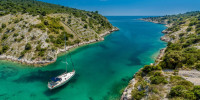
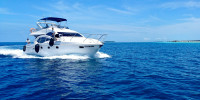
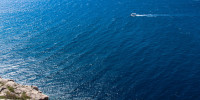
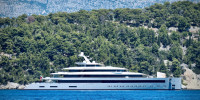
Leave a comment